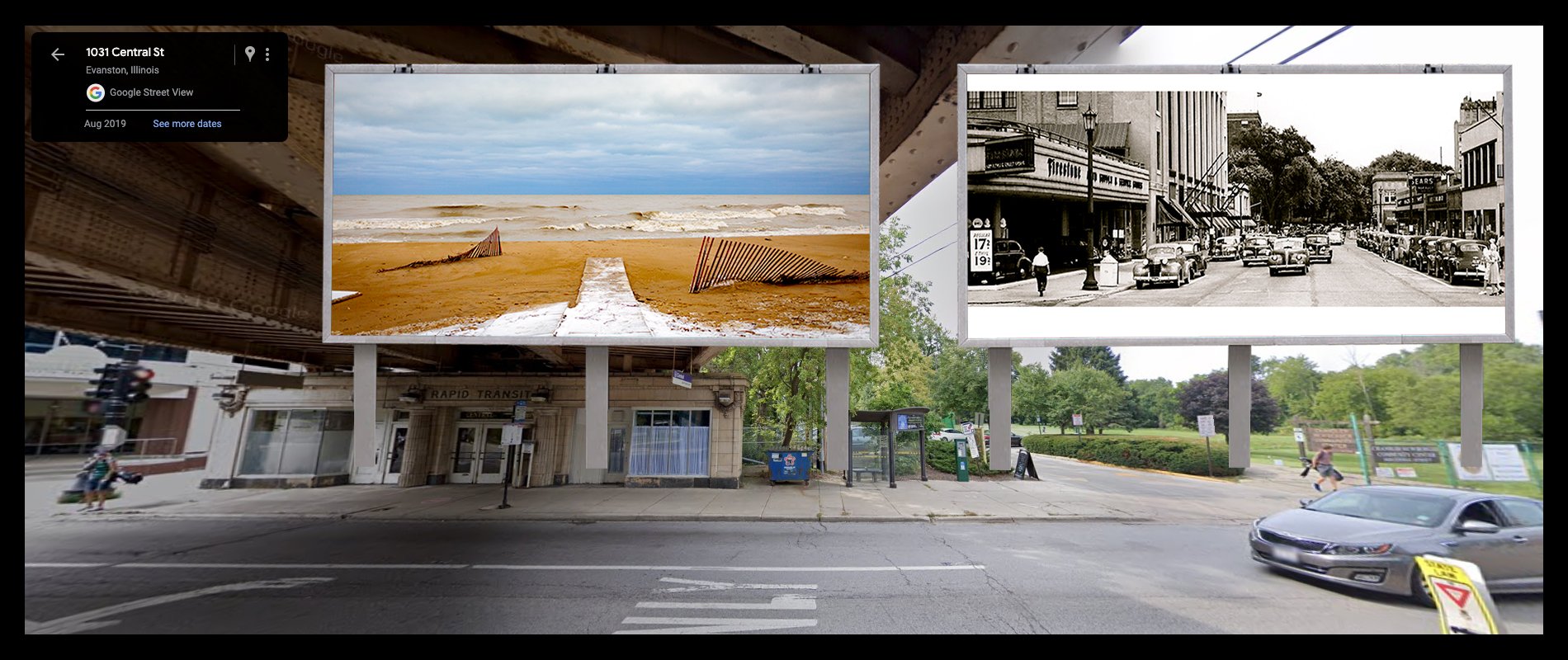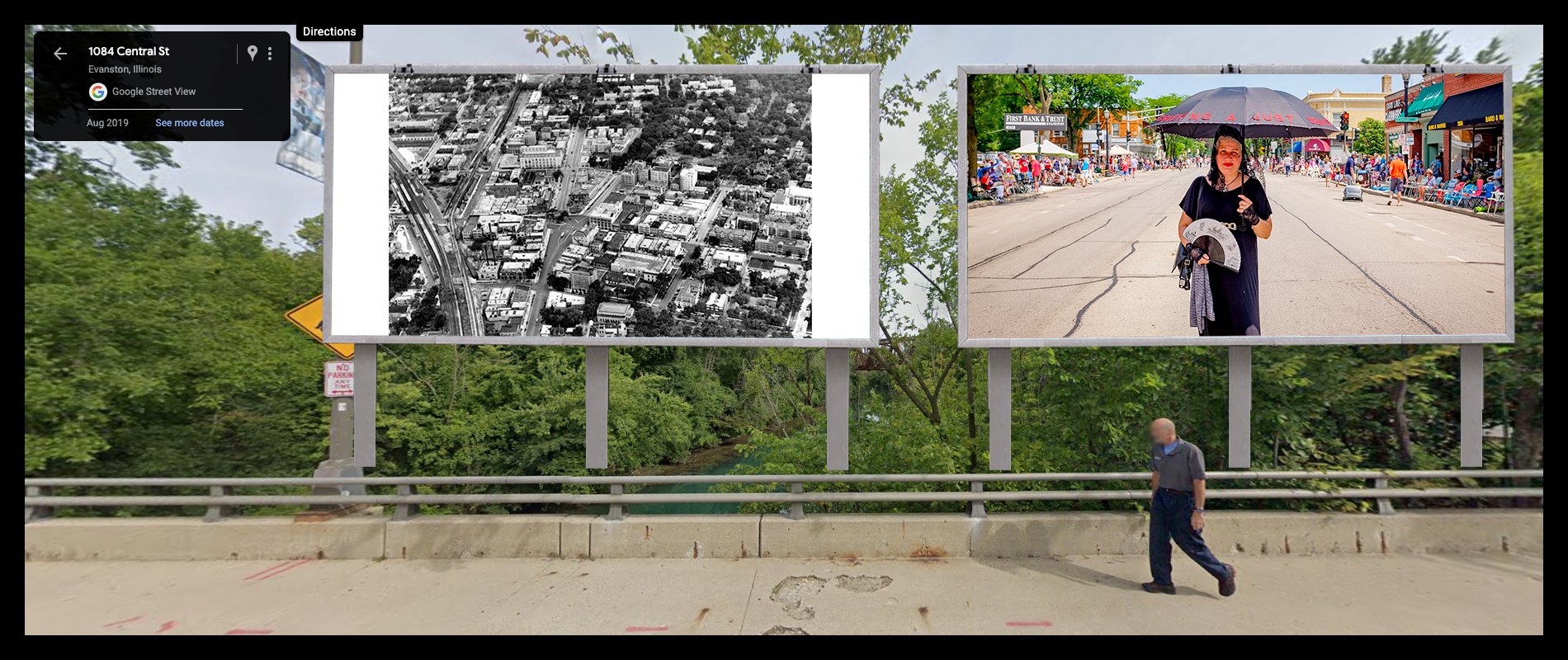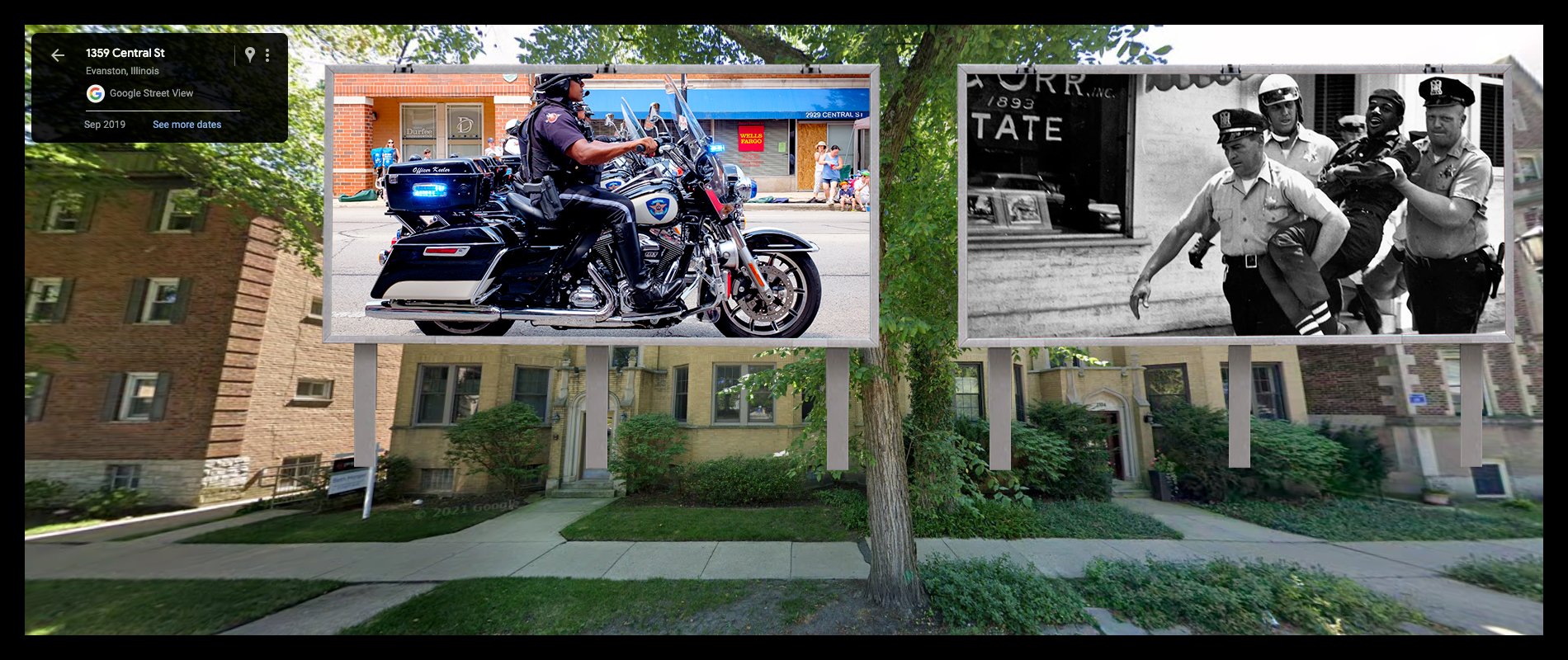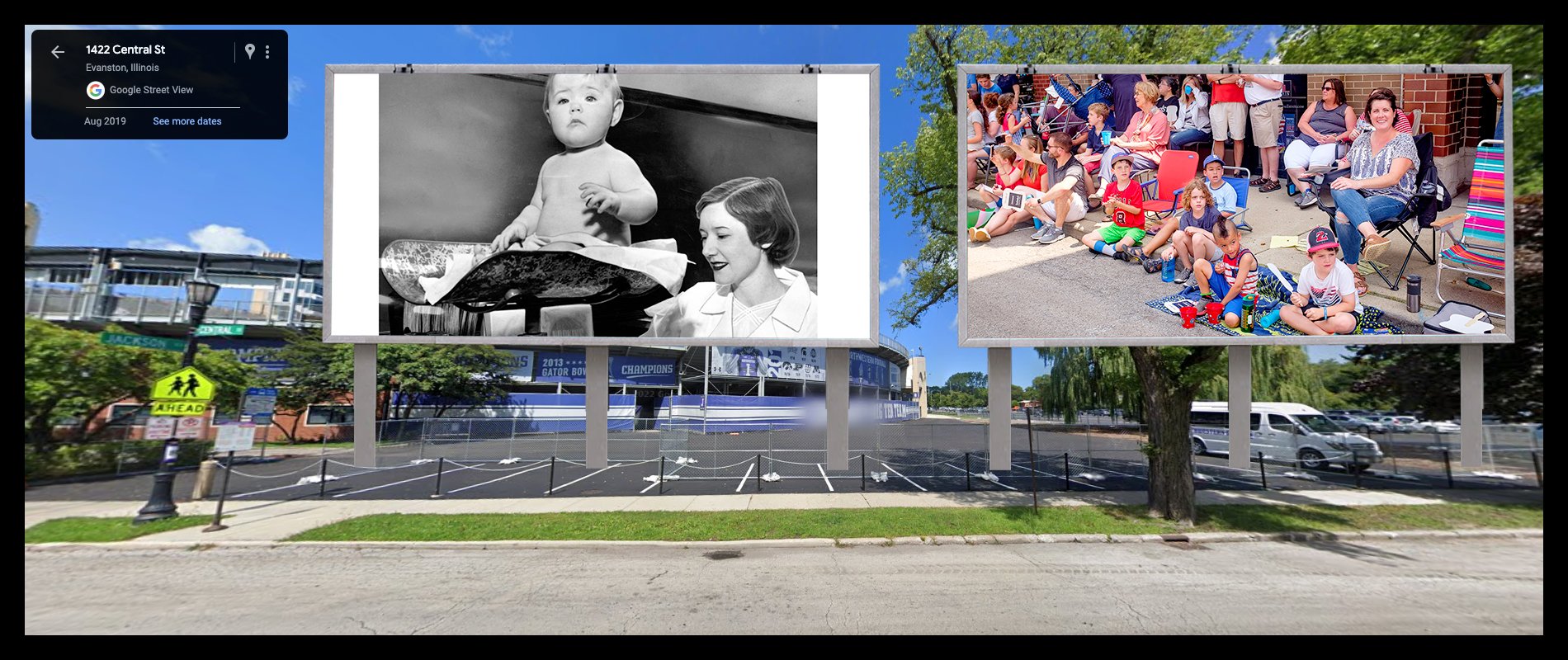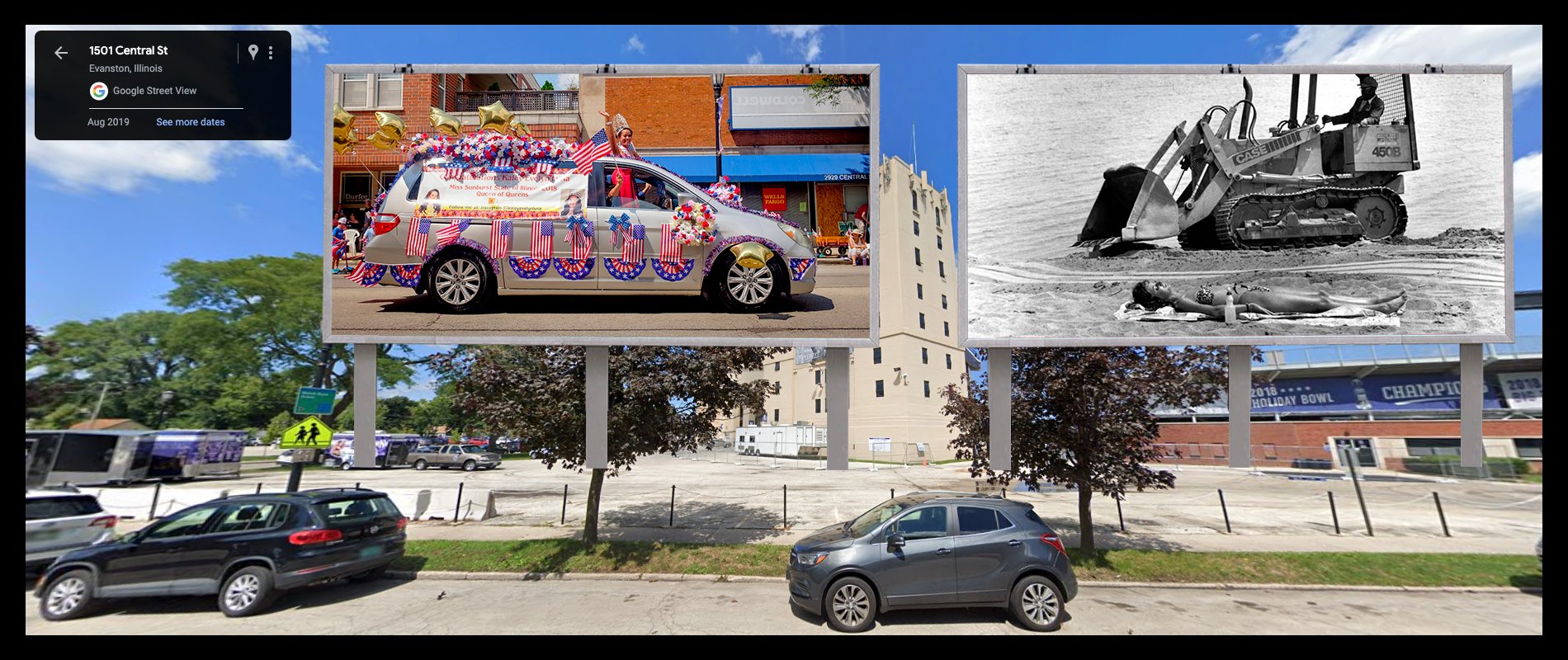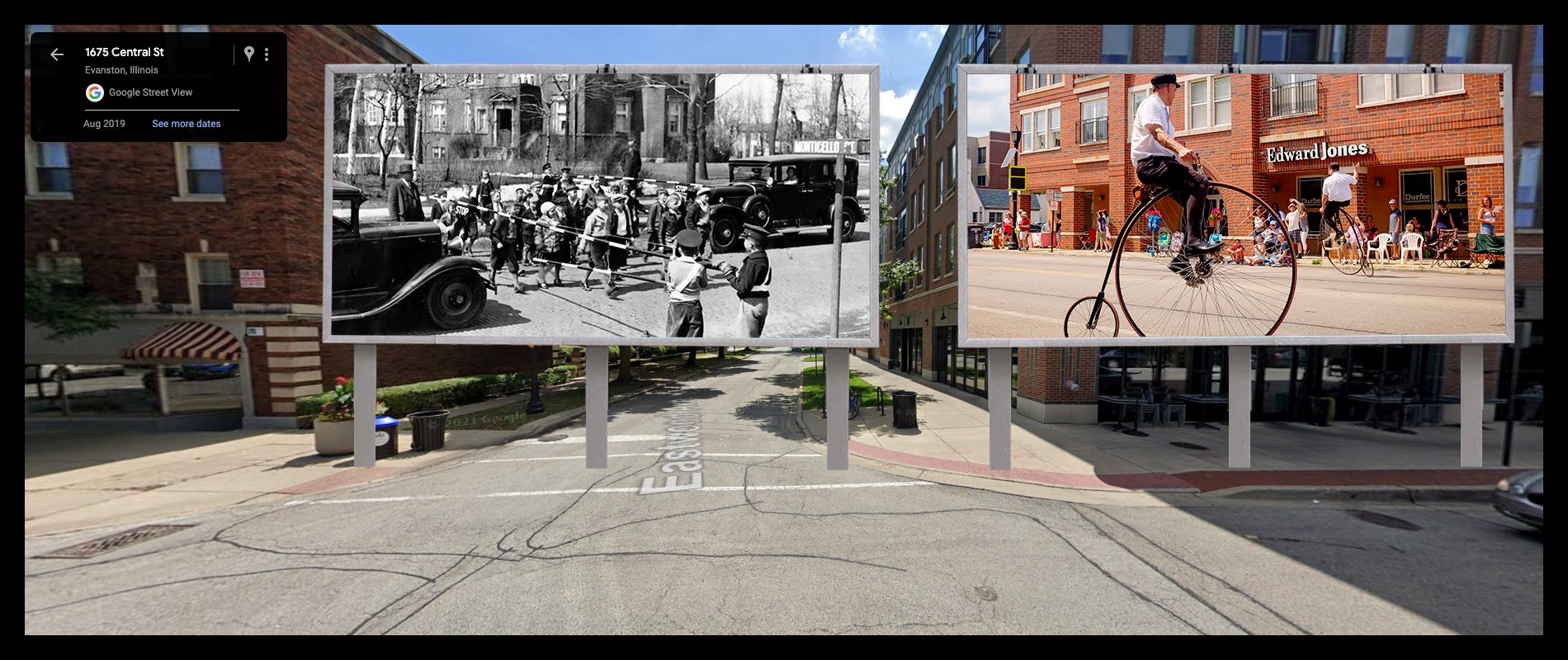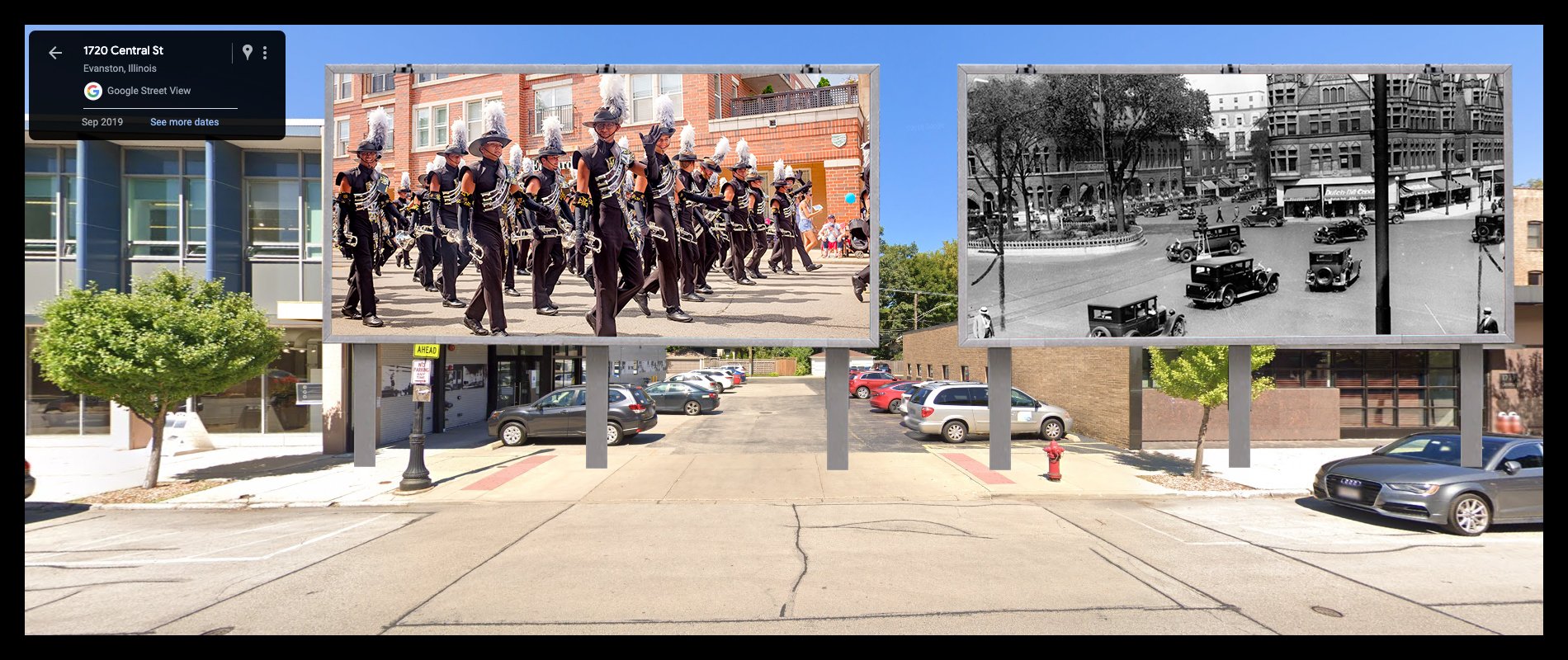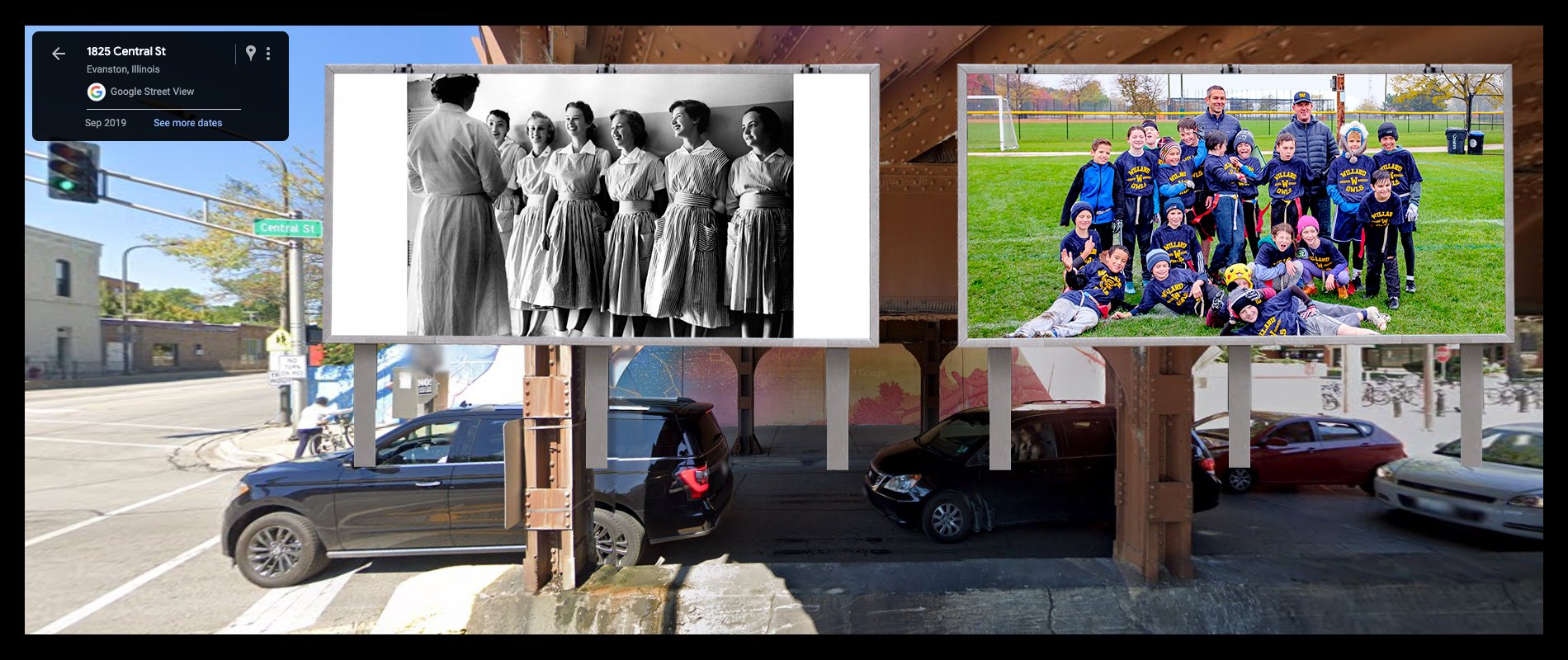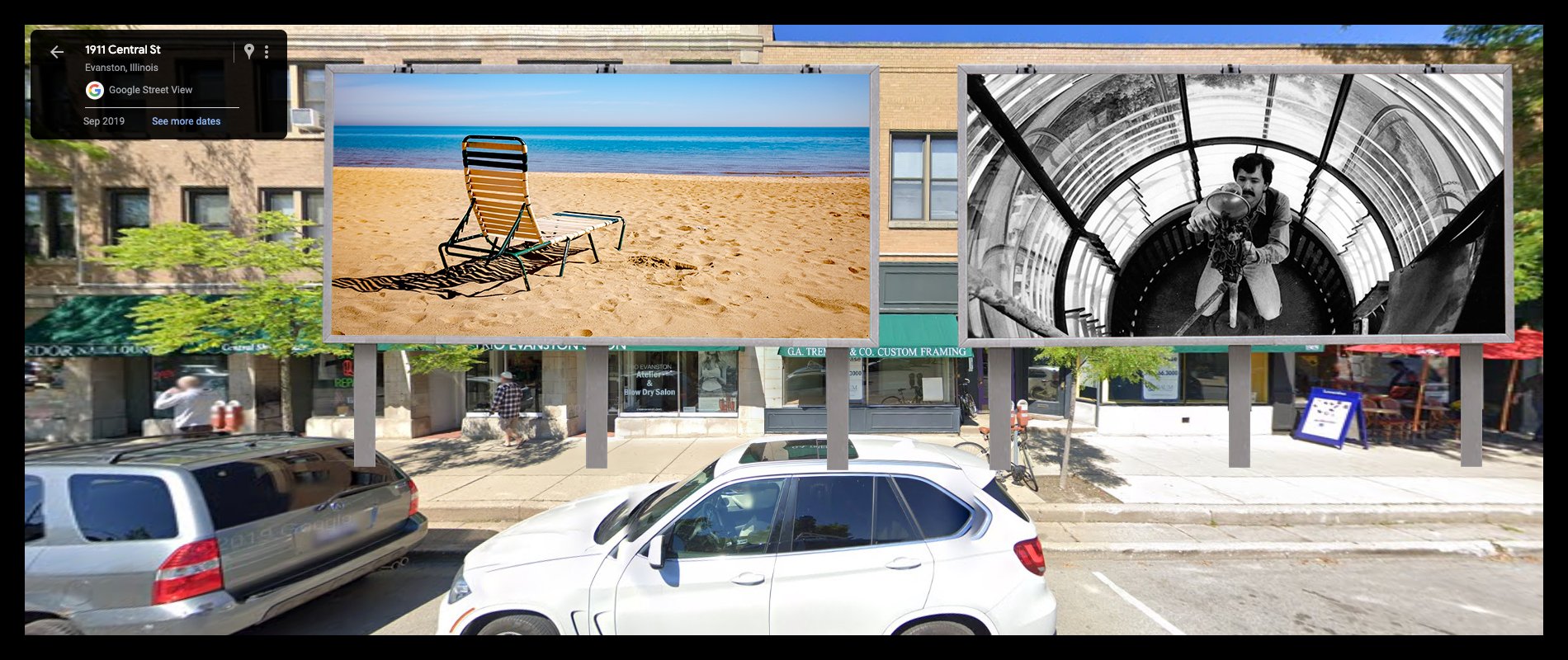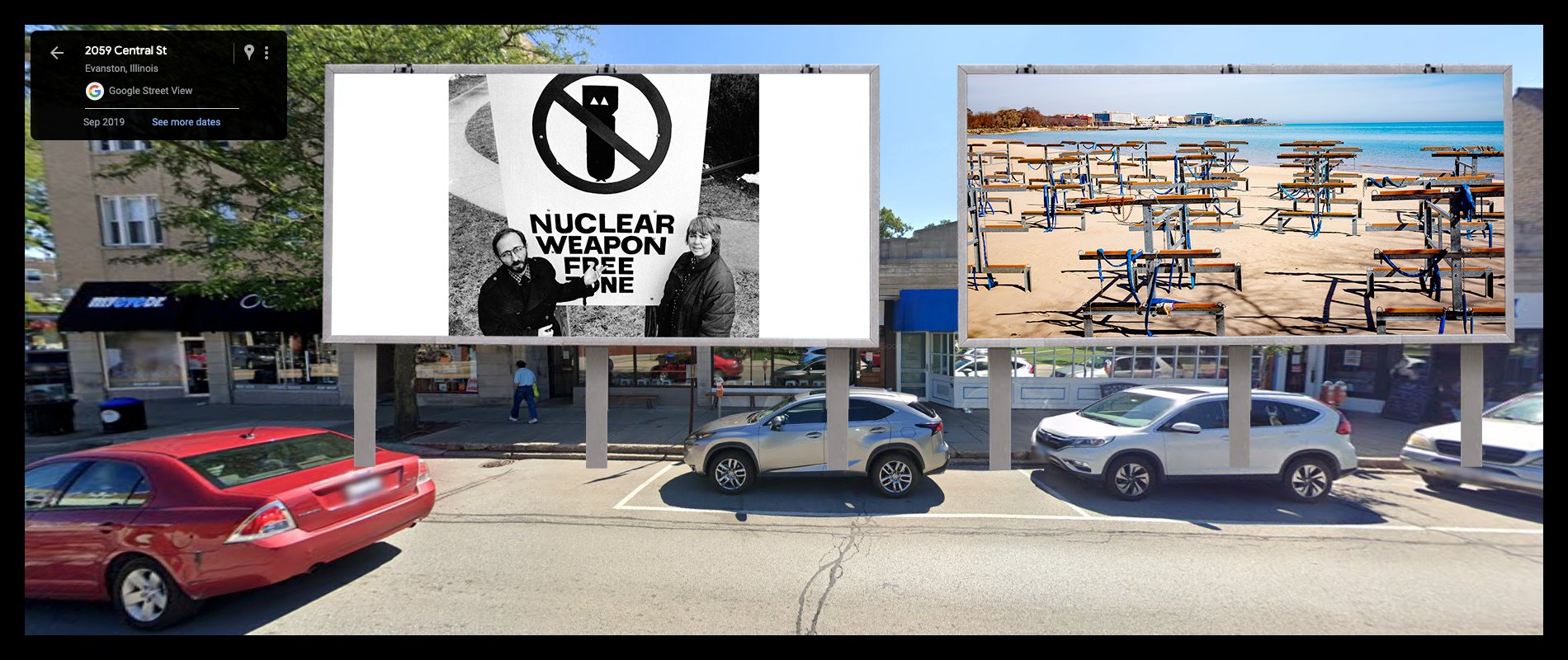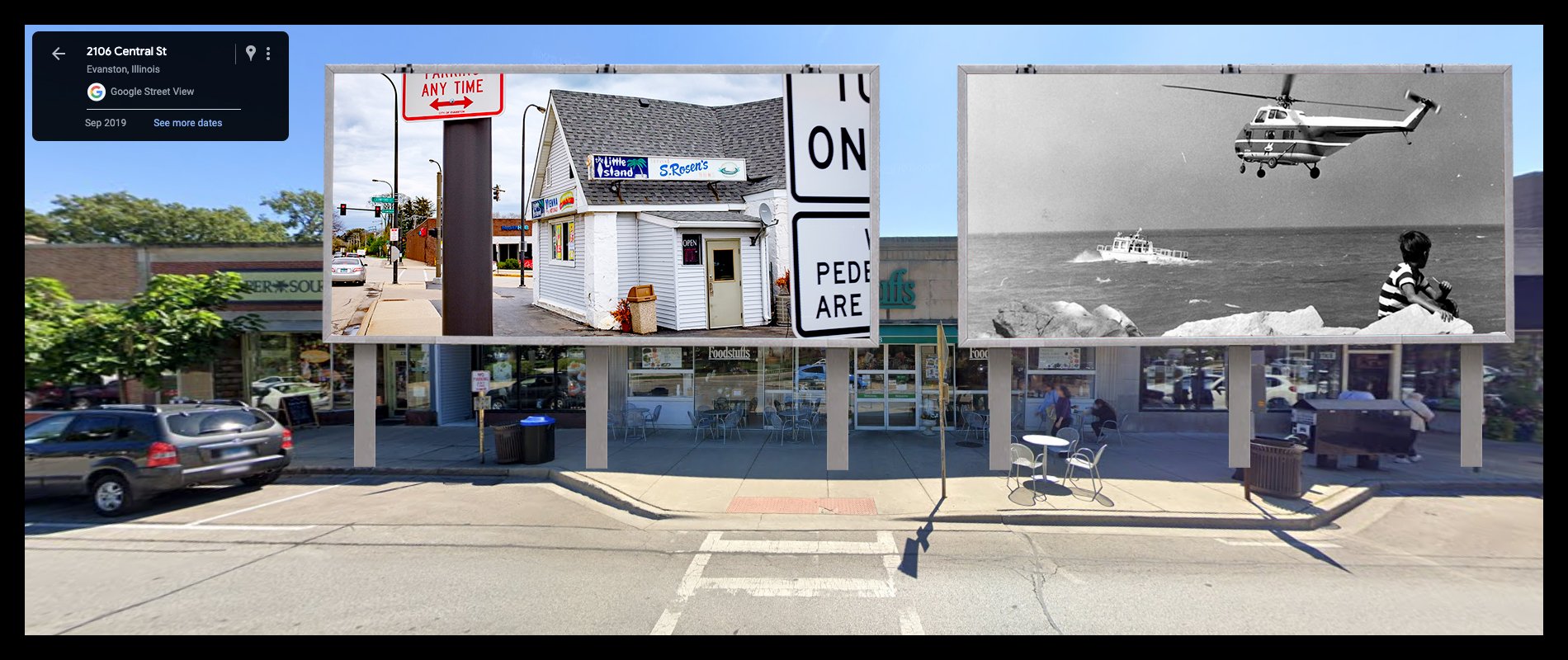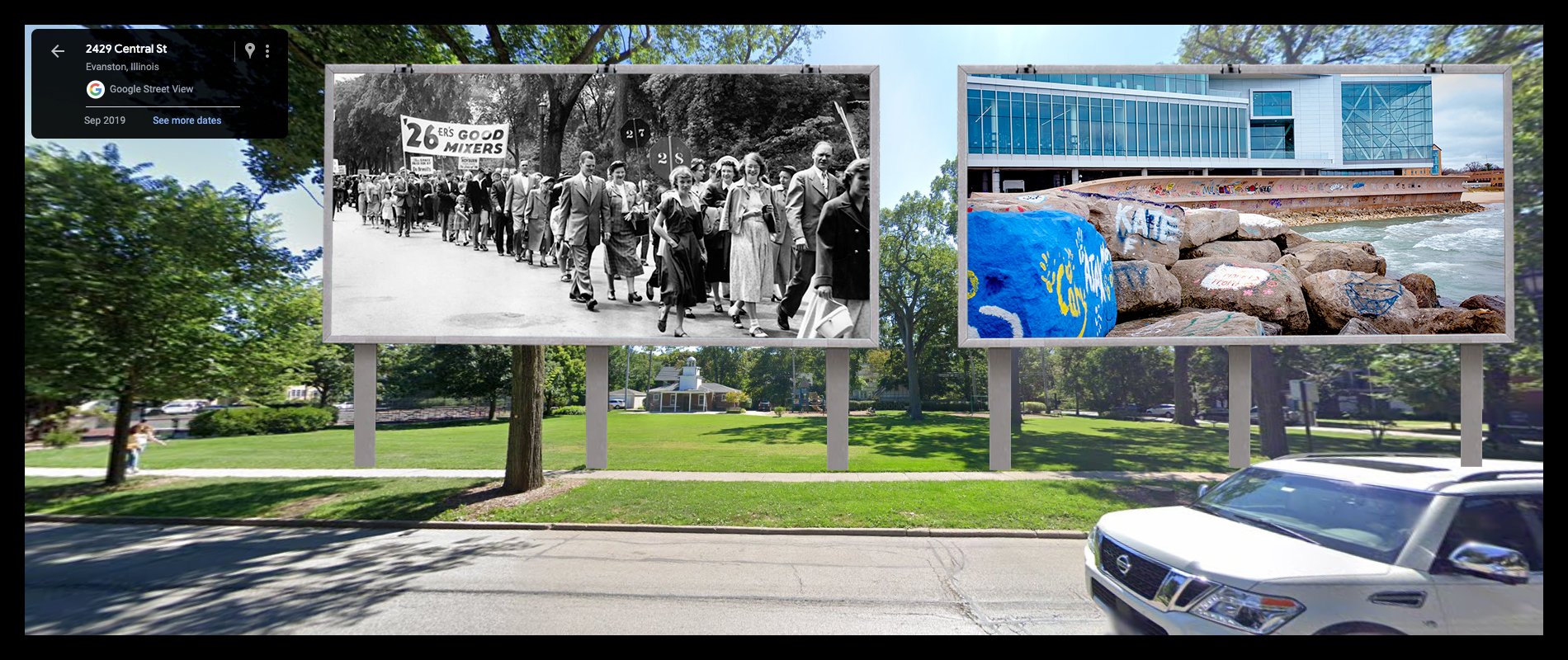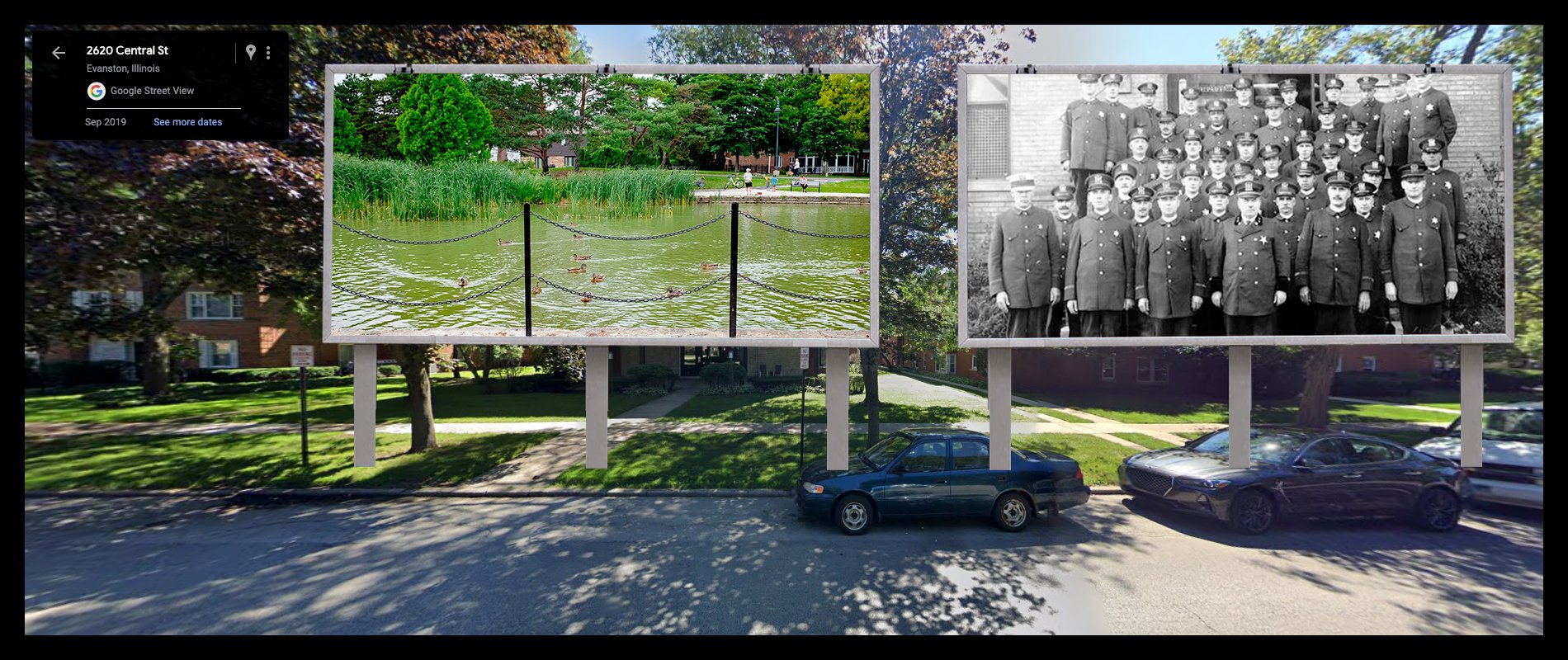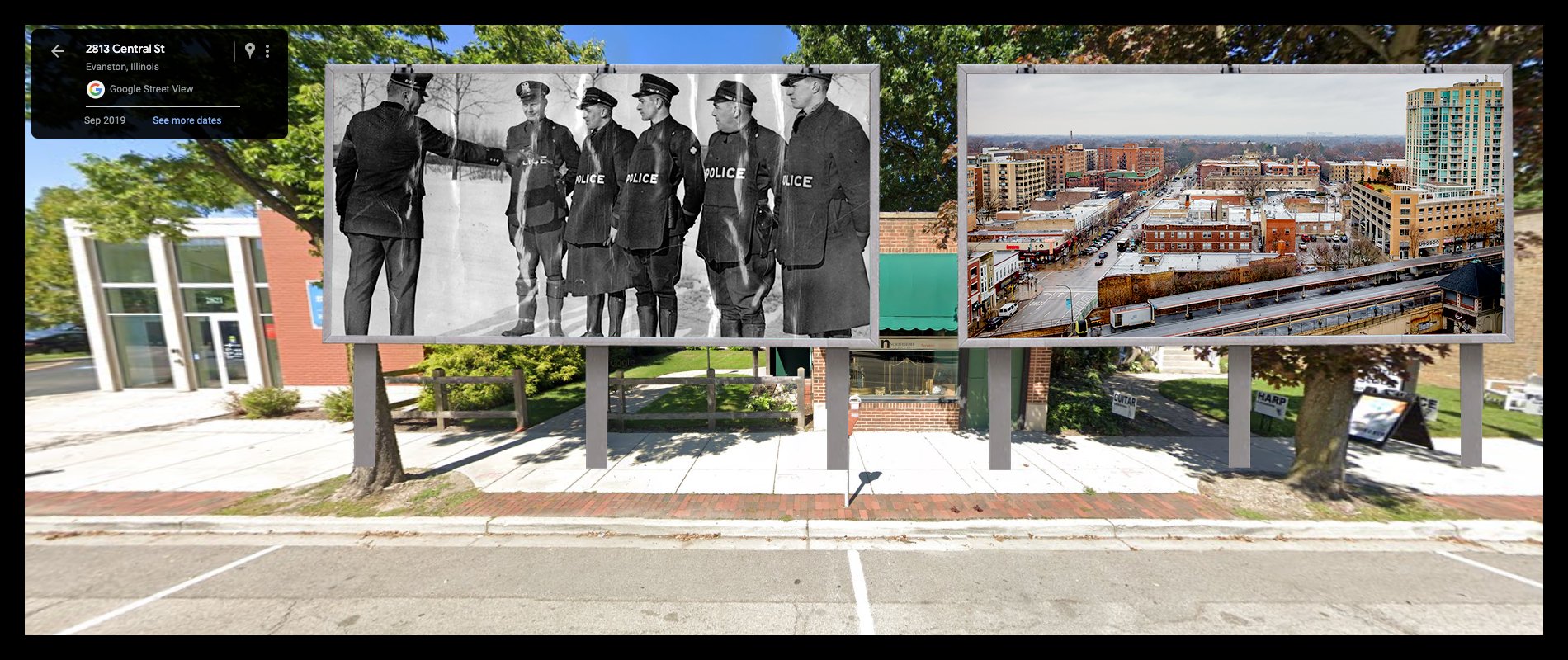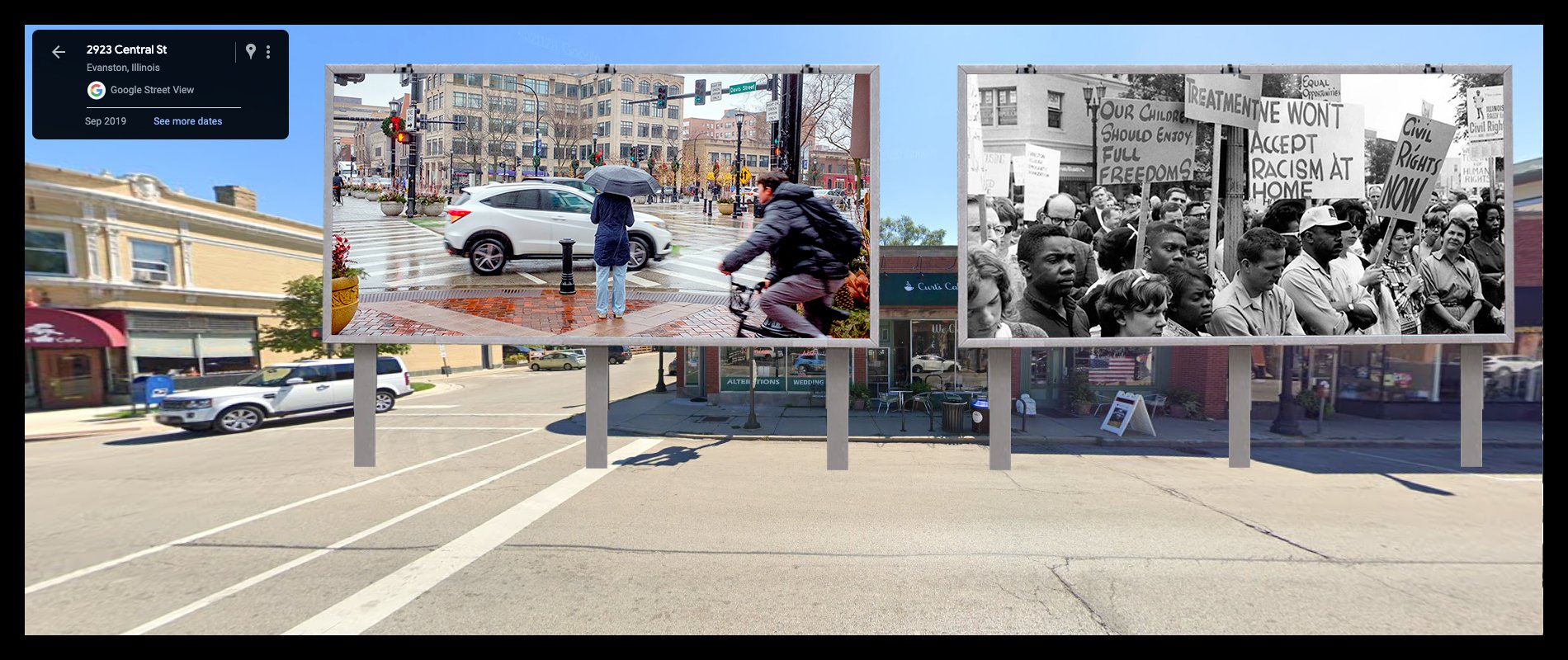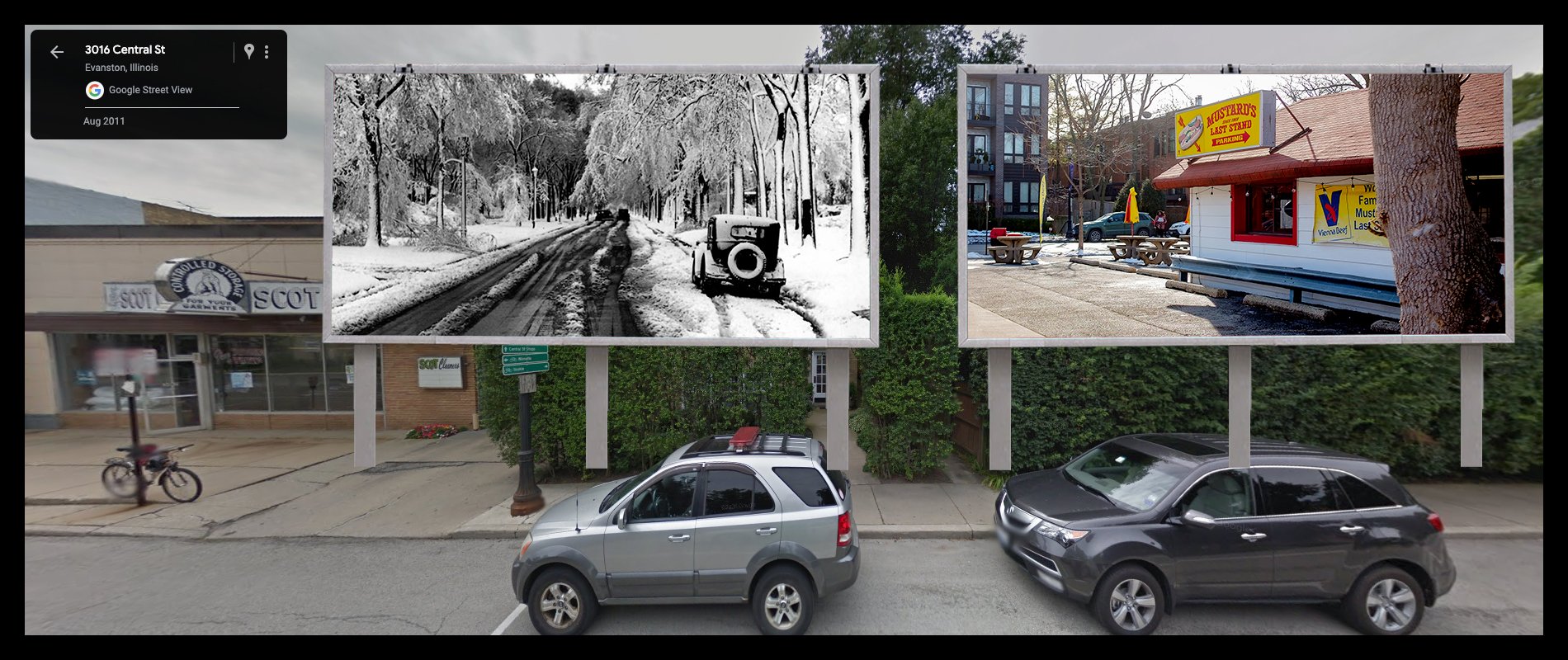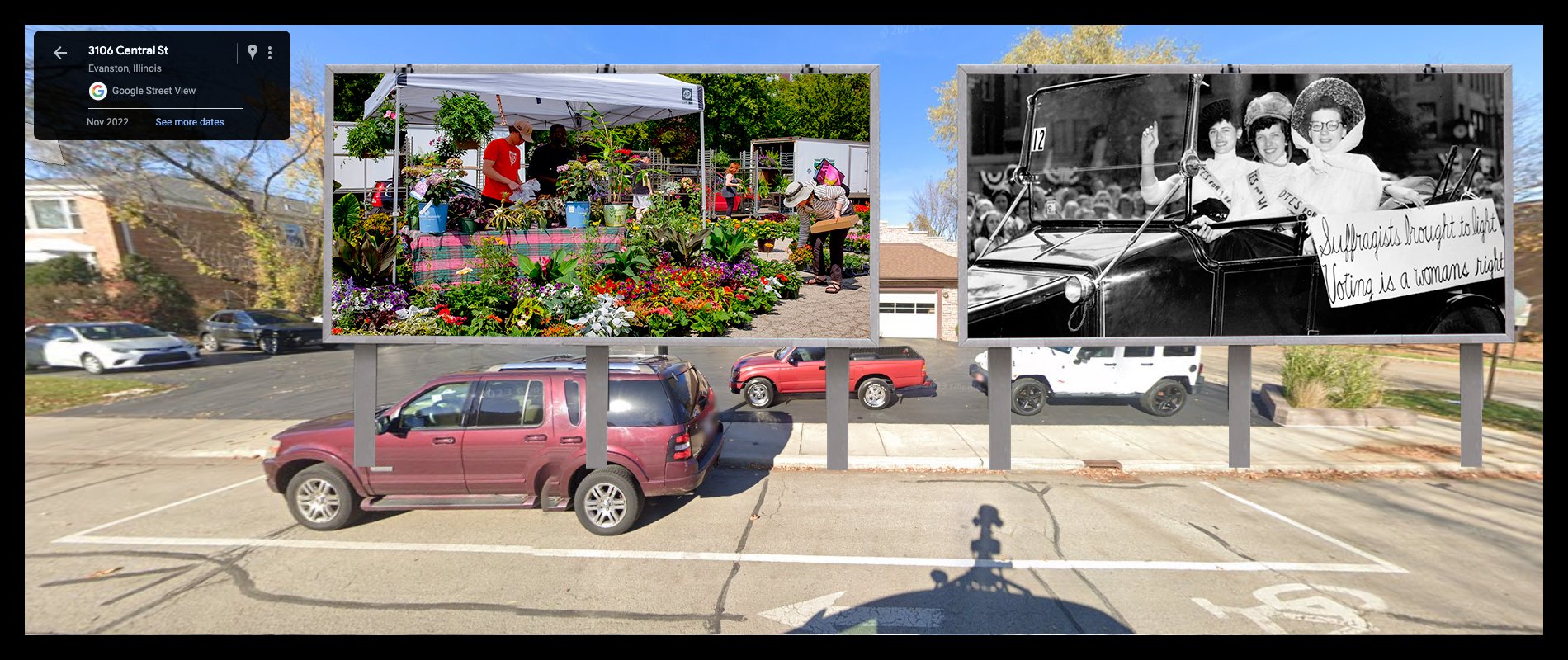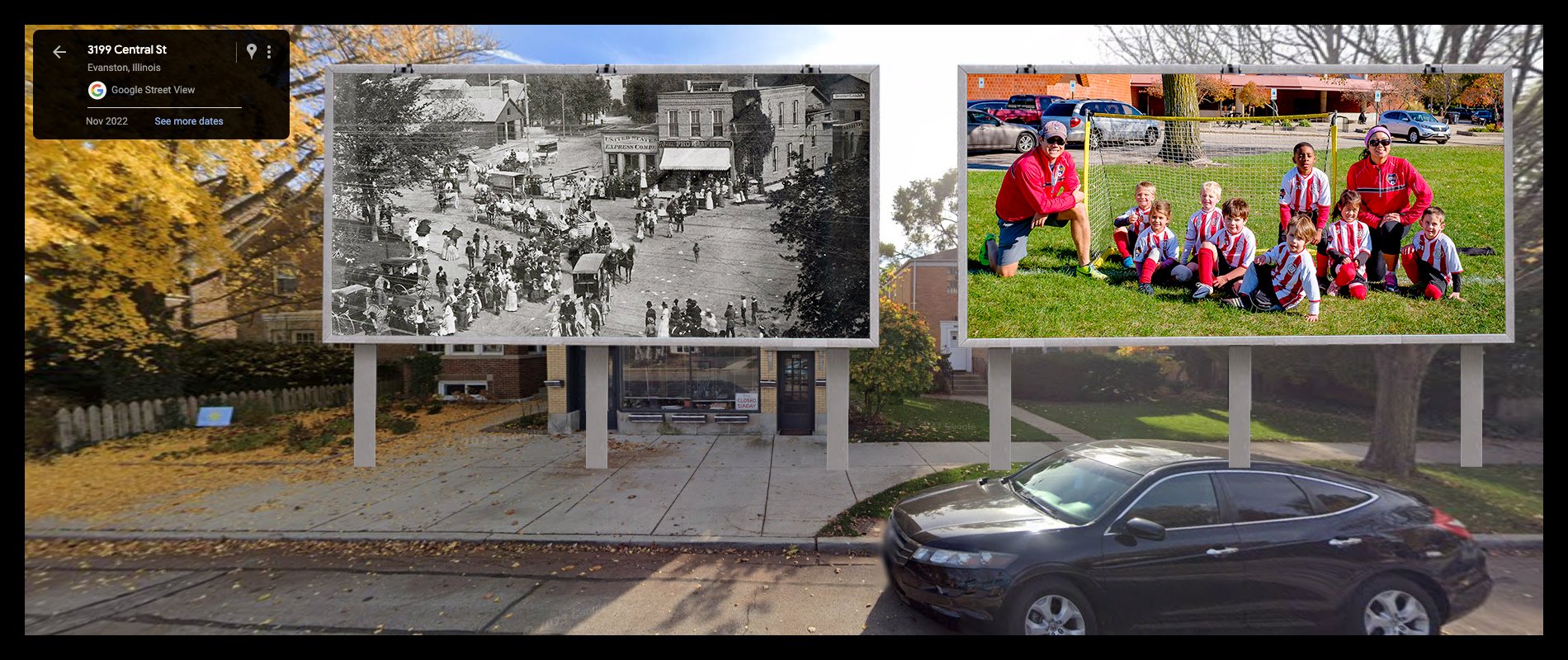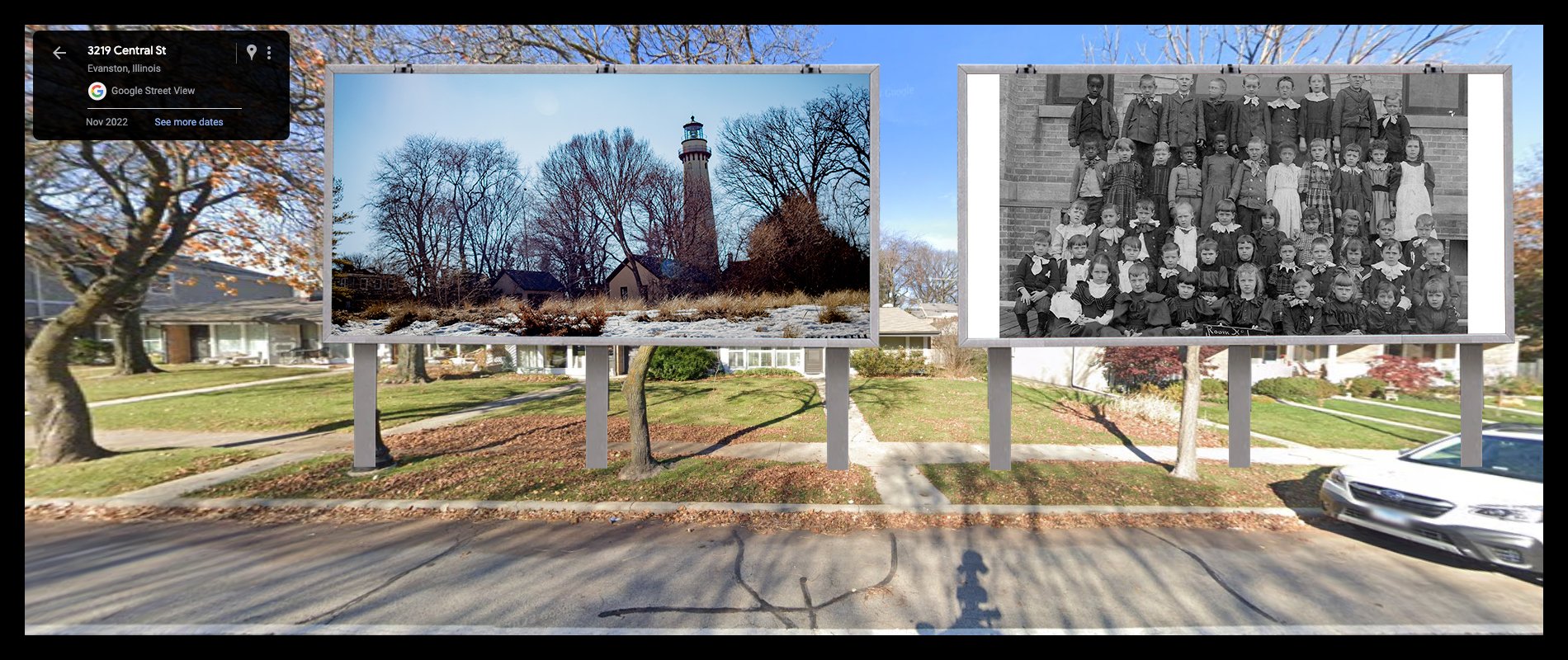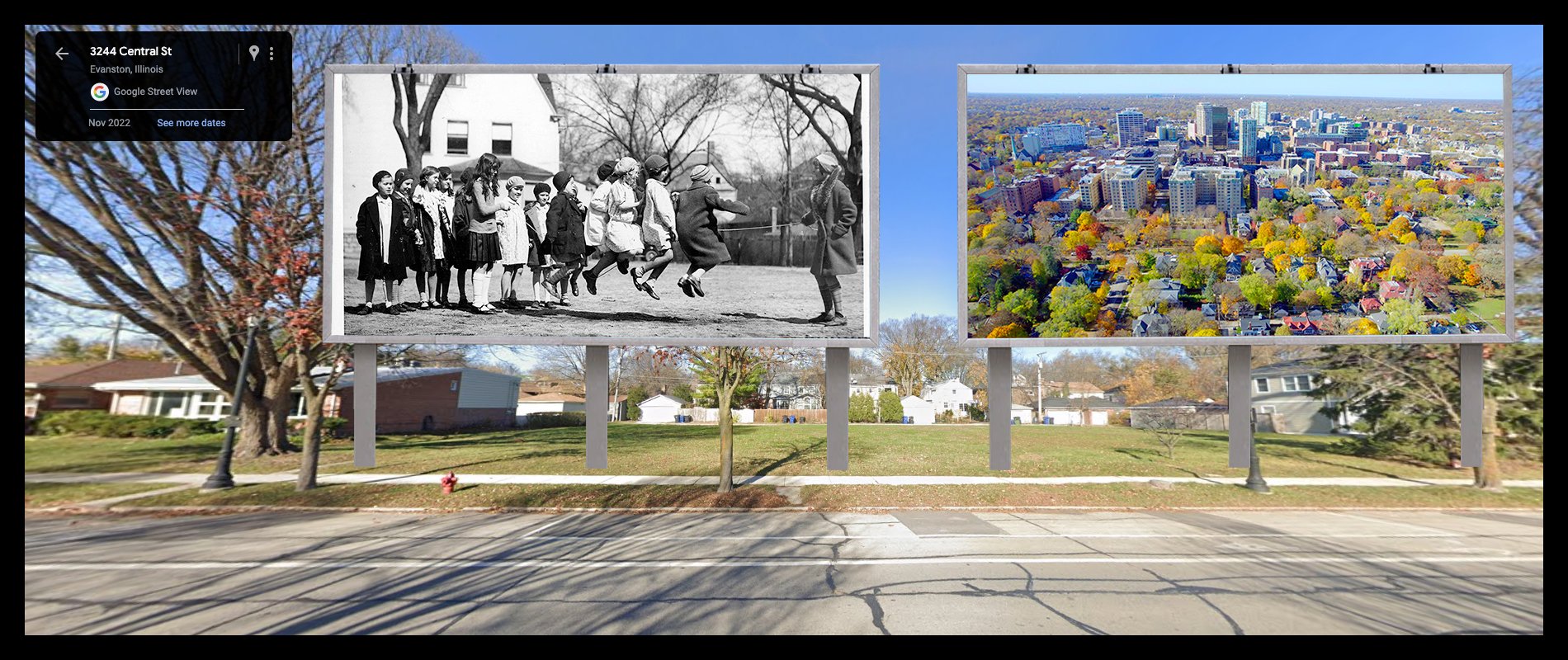Part 1:
After viewing Bryan Zanisnik’s work, I was intrigued by the way he creates an intersection of historical data mixed with his own modern creations. Zanisnik is a modern artist who uses multi-media such as sculpture, painting, photography, and video to create installations filled with a wide variety of printed imagery, found objects, and discarded materials. His work is influenced by a place, a movement, or an untold story that he can shine a spotlight on. Zanisnik acts as a curator, piqued by materials as pieces to a puzzle that he eventually fits together to make a whole.
For me, Zanisnik weaves historical pieces (photography, data, etc) into his pieces to show the passing of time by juxtaposing the historical information against the modern backdrop. From his interpretation of the New Jersey Meadowlands (a weird natural mirror of the subconscious of Manhattan), to creating monoliths that memorialize and tell the story of the Syrian and Armenian silk workers in Summit, New Jersey, Zanisnik is always looking to tell a story, a history, and create a lasting sense of connection between the viewer, the artwork, and the inspiration. Zanisnik’s work ‘Silk Monument’ uses archival images, historical texts, and conversations with locals that are used to cover monoliths with, to visually tell the story of how immigrants built the mill town into a work horse for silk fabric manufacturing in the United States during the late 1800’s and early 1900’s. Using research to his advantage, Zanisnik acts as a curator with much of his work, piqued by materials as pieces to a puzzle that he eventually fits together to make a whole. His monoliths look to be normal monuments with plaques like any other historical marker but with Zanisnik twists. “I was thinking about the viewer’s relationship to these sculptures, and how from a distance, they look very formal, but as you get closer, there are all these details about the Syrian-Armenian community and historical architecture that begins to reveal itself,” (Di Liscia). My favorite concept of Zanisnik’s is his use of archival images placed in a modern setting. I’d call the concept, Historical v Modern.
Zanisnik describes his chaotic process by explaining, ““I kind of think of building one of my installations as if I’m constructing a stream of consciousness that’s not every word leads to the next but there’s an overall mood and feeling being constructed” (Art21 - 04:36). In the end, his pieces are a beautiful collection of chaos that are filled with common/comfortable materials positioned in unnatural ways, always visually stimulating, with great attention to detail while looking ‘thrown together’. Esoteric creativity tied to deep meaning and vulnerability when seen from a macro level.
Part 2:
Leaning into Zanisnik’s idea of Historic juxtaposed with Modern, I chose to focus an idea for a large photography installation that brings into the focus the visual tug of war that is created when you display historic images next to new images. I live in a city steeped in history that has deep roots in the development of the Midwest. Evanston, Illinois has been the home of Northwestern University since 1851 as the university predates the city itself by six years. As the original higher education institution in the Chicago area (University of Chicago followed some 39 years later), the progressive thought seed was planted firmly in Evanston and has blossomed ever since.
For this project, I wanted to display images from Evanston Historical Society’s beautiful collection of photography alongside my own photography from around the city. My goal was not to fulfill a shot for shot / side by side comparison of images but rather an updated time, society, location, so that the viewers can publicly see where our city has been, where it is, and hopefully give a glimpse into where it is going. From the archives come incredible imagery of a city that essentially was born from the prairie and has grown to be populated by 76,000 people.
The project would launch on July 2nd as it would be part of the lead-up celebration for the annual 4th of July parade in Northwest Evanston. The Central Street Parade has been a staple in Evanston since 1922 and continues to be the highlight of the summer for families and residents from around the area. For a decent sized city, the parade carries with it an air of what used to be the small town Midwest. Along the traditional route, I would place medium sized billboards on stands so that the passersby would be able to view the images from both sides of the street and views of the parade would not be blocked. Small descriptions would help detail the ‘who what where how and why’ of the images as viewers could enjoy bursts of history along with a modern view of the city.
To quote the 10th anniversary flyer from 1931, ““The primary objective of the First North Evanston Fourth of July Celebration was to give our children a good old fashioned, jolly July 4th with historic interest to stimulate their pride in their country; and so supervised as to assure us that they would still be safe and sound on July 5th.” Google Maps Street View was used to collect the backdrop for each image.
Bibliography:
Di Liscia, V. (2021) https://hyperallergic.com/660944/an-unlikely-monument-to-the-syrian-and-armenian-communities/
Art 21 (2014) https://art21.org/watch/new-york-close-up/bryan-zanisnik-goes-to-the-meadowlands/
Evanston 4th of July Committee - https://evanston4th.org/
https://www.zanisnik.com/
https://www.instagram.com/bryanzanisnik/?hl=en


